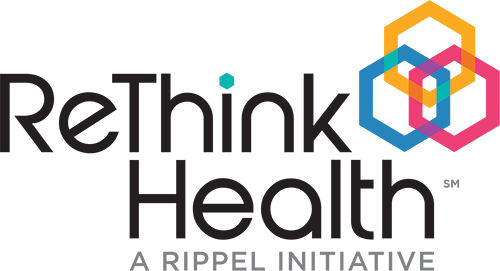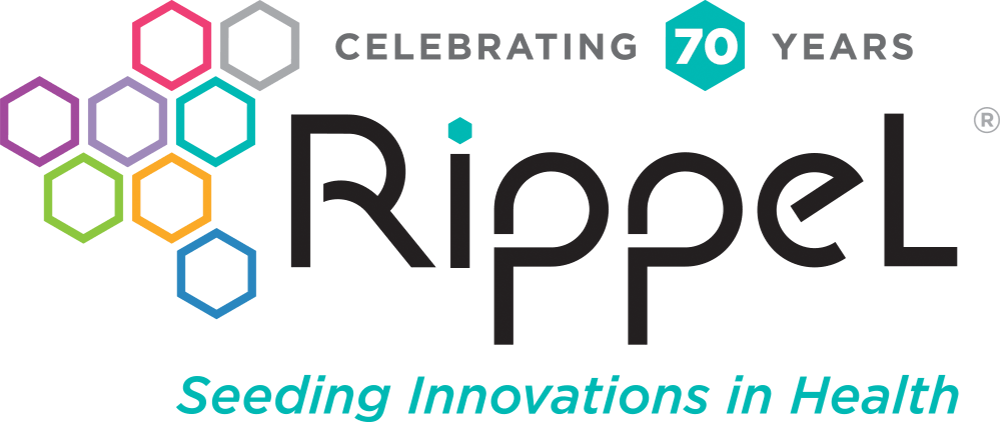The Stew BLOG
ReThinking the Connections Between Incarceration and Health
Plenty has been written about the interplay between incarceration and health, with incarceration being increasingly recognized as a social determinant of health. Yet many people believe the impact is almost entirely at an individual level, addressed by providing health care in prisons and jails.
But the Minnesota Department of Health (MDH) knew the story was much bigger and more complicated. So when it was asked by the Minnesota Legislature to report on how incarceration affects the health of those who are incarcerated, their families, and their communities, MDH teamed up with ReThink Health to see what a “systems thinking” approach would reveal.
More than 30 people attended two workshops in early 2016. They represented diverse perspectives on the criminal justice system, including public safety, economic development, education, health, human services, and the community. Participants were led through a discussion of the question: What are the issues, opportunities, and obstacles that impact incarcerated individuals and their families as they attempt to lead truly healthy lives? The goal was for participants to work together to develop a shared, high-level understanding of the systemic impacts of incarceration on health.
Together, the workshops resulted in a “map” of the system that explores the complexity of how health is created. As MDH suspected, participants identified and were able to trace deep and numerous connections between incarceration and health. They found that incarceration can have long lasting, detrimental effects on economic opportunity, educational achievement, family unity, and housing stability—the very conditions that shape the health of individuals, families, communities. Moreover, these conditions were found to be reinforcing; that is, once begun, the impact of incarceration on health spreads and deepens over time.
Equally important, the workshops brought together a broad set of stakeholders and asked them to step outside their own frames of reference. The process of developing the map gave rise to a deep and rich discussion about how and where the work of the stakeholders intersected. During this discussion—at times passionate and at other times agitated—participants wondered: If the map represents the system as designed, isn’t it a construct of prevailing social values, like the choice of incarceration over treatment for illness or substance abuse?
This is where the magic happens. Change is made more possible when people who don’t typically interact can come together and begin to see the bigger picture, and where they sit within it. Only when we can “see” the system and understand the relationships at work within it, can we begin to change it.
While this work represents the beginning of a very important conversation, it has the potential to change the way policymakers, practitioners, and community members think about their decisions and their effects. Use a simple version of it in your own work: think of 2-3 actors or organizations (outside of your own) whose work impacts yours and vice versa. (Next step: reach out to those people to understand more about those impacts!) Share your ideas in the comments below.

